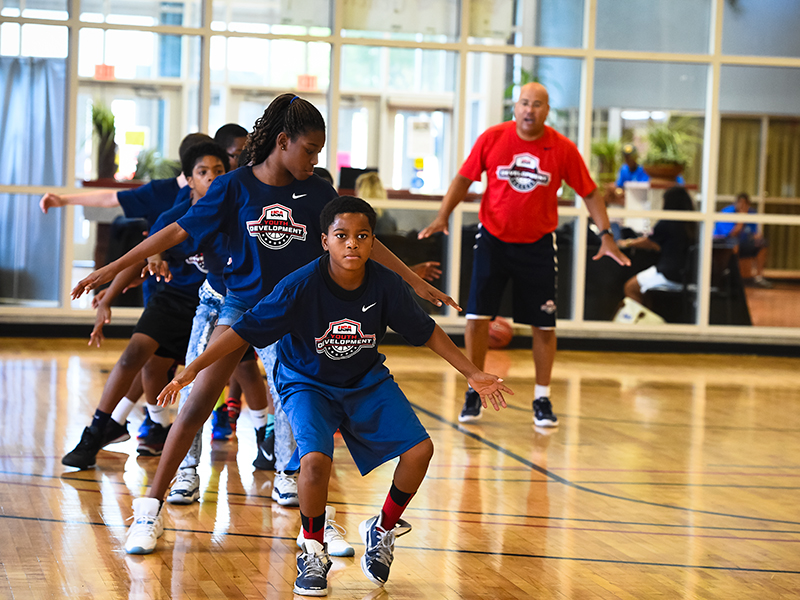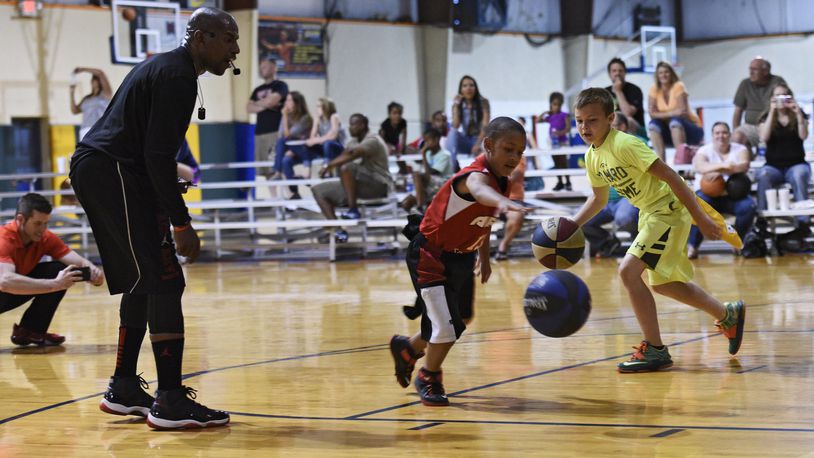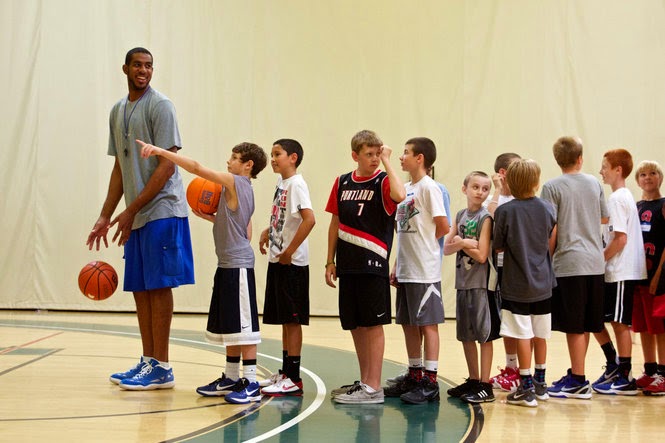How To Play Basketball For Kids. Basketball defense is an essential aspect of the game. It is thought to be the most vital part in some cases. It may be a simpler basic component to teach young children ages 2 to 5 years old because it does not require a basketball. They have unique and frequently unmet needs, which this article addresses. It demonstrates how to maintain basketball simply while also making learning enjoyable.
In One Minute: How To Play Basketball For Kids – Basketball Defense
- Step 1: Construct Scarecrow Arms
- Step 2: Raise your palms to the sky.
- Step 3: Put your feet together and kiss them.
Basketball Instruction for Young Children Overarching Goals

- Respect young children by first acknowledging their inherent intelligence.
- Convert basketball to accommodate young children, not basketball to fit young children.
- Introduce new defense strategies
- Maintain basketball simple and learning enjoyable.
How To Play Basketball For Kids: A “Defense” Assessment
Basketball defense evaluation begins with a simple question asked of young children.
“What exactly is defense?”
Listen to all of the children’s answers, right or wrong, and repeat it back to them without giving your opinion or giving them the definition right away. For young children, defining defense is a difficult task. Many people will not have enough basketball experience to know. So, if we want them to value defense and remember the much more formal definition, we cannot encourage them to assume and assist us in defining it.
How to Teach Young Children in the Most Effective Ways
- Enquire about something
- Listen to young children’s responses and repeat their responses back to them.
- When young children are treated as thinking, reasoning people with innate intelligence, they respond better to sports instruction or any instruction. Including the ask, listen, and repeat model in your instruction is one method for
- Teaching kids sports in the directions they learn best. Ask a question, then listen to young kid’s responses and repeat them back to them. The key to achieving success here is to refrain from interjecting your own thoughts after the children’s responses. Even incorrect answers are repeated back to them. And this is where you direct them with additional questions to get them back on track.
- Beyond sports skills practice, ask, listen, and repeat is a kid-centric method to assisting even the youngest athlete:
- Improved listening
- Thinking critically and communicating
- They are three essential life skills that sports science has discovered to arise in the “coachable” athlete.
3 Most Important Fundamentals of Basketball Defense
Creating a significant body presence by moving forward, backward, and horizontally staying with the offensive player regardless of the ball stealing the basketball
Keys to Success in Teaching Young Kids to Play Basketball Defense
In basketball, the “skill” of playing defense is more than just the act of playing defense. The keys to success include teaching young children about body positioning once an offensive player dribbles versus when he or she shoots or passes.
A Team Defense Exercise to Teach How To Play Basketball For Kids

Remember the video game Red Rover? This basketball training mission is similar in that it teaches young children how to cooperate while playing team defense.
distribute pool noodles designated defense players hold pool noodles attempting to create “scarecrow arms” they are instructed to avoid the offensive player from moving the ball and scoring when the game begins, they move horizontally with the offensive player changing offensive players as needed
Basketball Positioning for Offense and Defense for Young Children
Basketball instruction for young children may need to be modified. It could be a while before they play their 1st actual basketball game. It is possible, however, to introduce them to offensive and defensive positioning and coordinated movements.
- Pair two small children
- Choose one offensive but one defensive strategy.
- The offense advances with the ball in their pocket as well as a strong arm out front in their offensive position.
- In their defensive posture, the defense keeps walking with scarecrow arms.
- Traverse the floor from one side to the other
- Repeat switching offensive players to defense and vice versa.
- Control the gap between defensive and offensive players
- Also, manage the defensive and offensive player positioning
How To Play Basketball For Kids: Tracking Exercise
What is the most important thing for young children entering kindergarten? It’s not reading or math; it’s the focus. Sports are no exception. How do you teach basketball and focus to young children? You track them down.
distribute one-speed ring to each player seek assistance from parents to show how to press down, roll the speed ring, three fingers over the top and roll instruct children to start moving backward with their scarecrow arms roll the ring and watch them track the ring, preferably keeping it in front of them repeat.
How To Play Basketball For Kids to Play Basketball Defense – A Fun Shot Blocking Exercise
- It can be enjoyable to teach young kids to play basketball defense. This shot-blocking exercise uses pool noodles to increase young children’s endurance while teaching them the fundamentals of shooting defense.
- Provide two noodles to each student
- Create scarecrow arms by asking students to lift their arms overhead to form “basketball player” arms that only pretend to shoot, then instruct learners to stop you with their basketball player arms as they run to different basketball goals and repeat.

